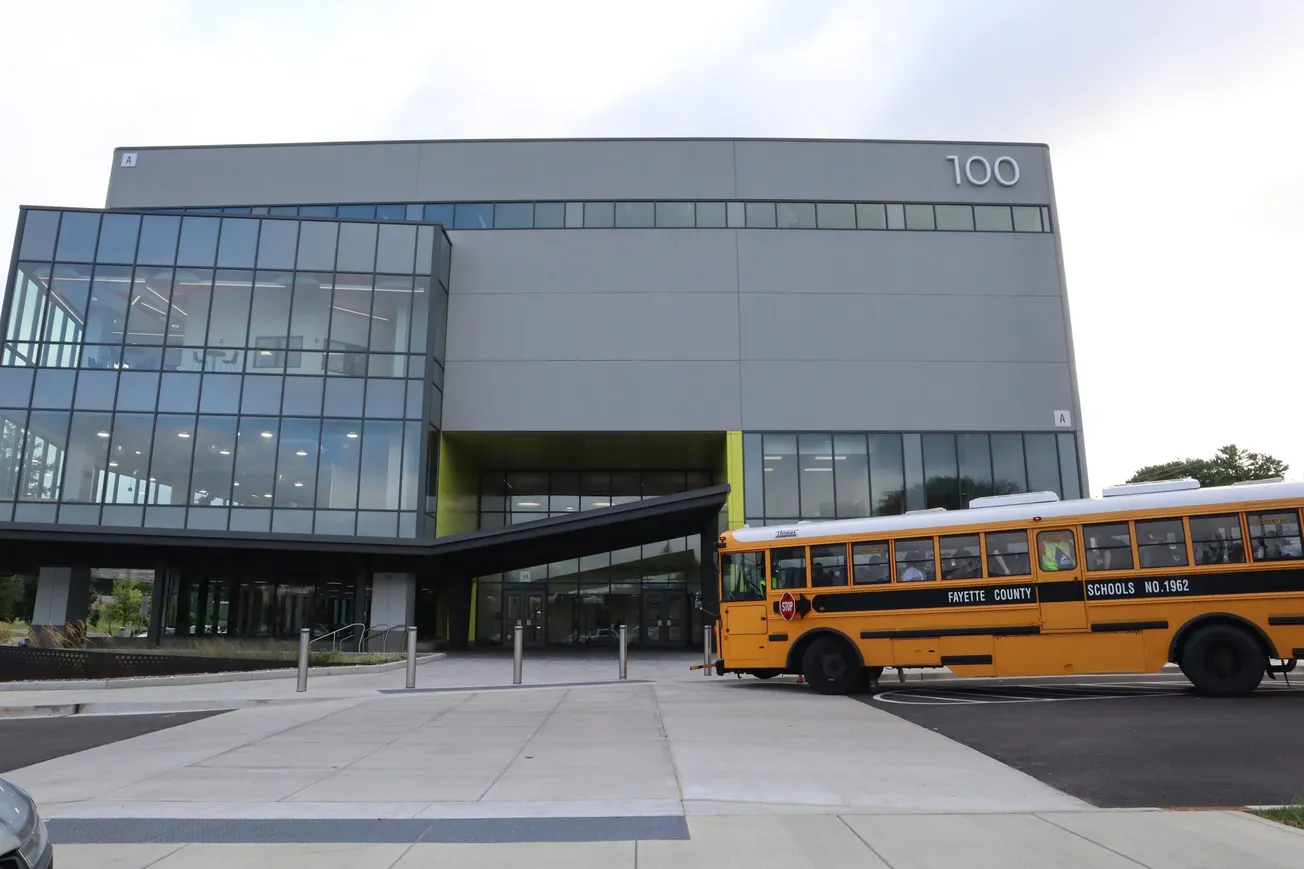Table of Contents
Opponents of Amendment 2, which would remove barriers to passing meaningful school-choice legislation in Kentucky, claim such policies would harm the commonwealth's public education system. Yet the Bluegrass Institute's analyses of how public education fares in other states with sturdy, and expanding, school-choice opportunities for families, indicate such policies have the opposite effect.
This policy brief updates an earlier analysis, with both indicating that public education in Florida – with its vigorous and growing school-choice programs – continues its states-leading performance, including for minority students. The earlier policy brief released in May 2021 assessed how Florida’s public schools had fared since the first charter school opened in the Sunshine State in 1996, which was followed by the implementation and expansion of several other education-freedom policies.
The 2021 brief reported that as Florida began and expanded school-choice programs, the performance of its public education system dramatically improved – from performing below or roughly equal to Kentucky in the 1990s to outperforming not only the Bluegrass State but also the entire nation in fourth- and eighth-grade reading and math results.
According to the National Assessment of Educational Progress, known as the “nation’s report card,” Kentucky’s Black students scored higher in fourth- and eighth-grade math and reading than Florida’s Black students in 1990. By 2022, however, when Floridians had many school-choice options, Florida’s Black students scored ahead of Kentucky in all fourth- and eighth-grade reading and math results.








